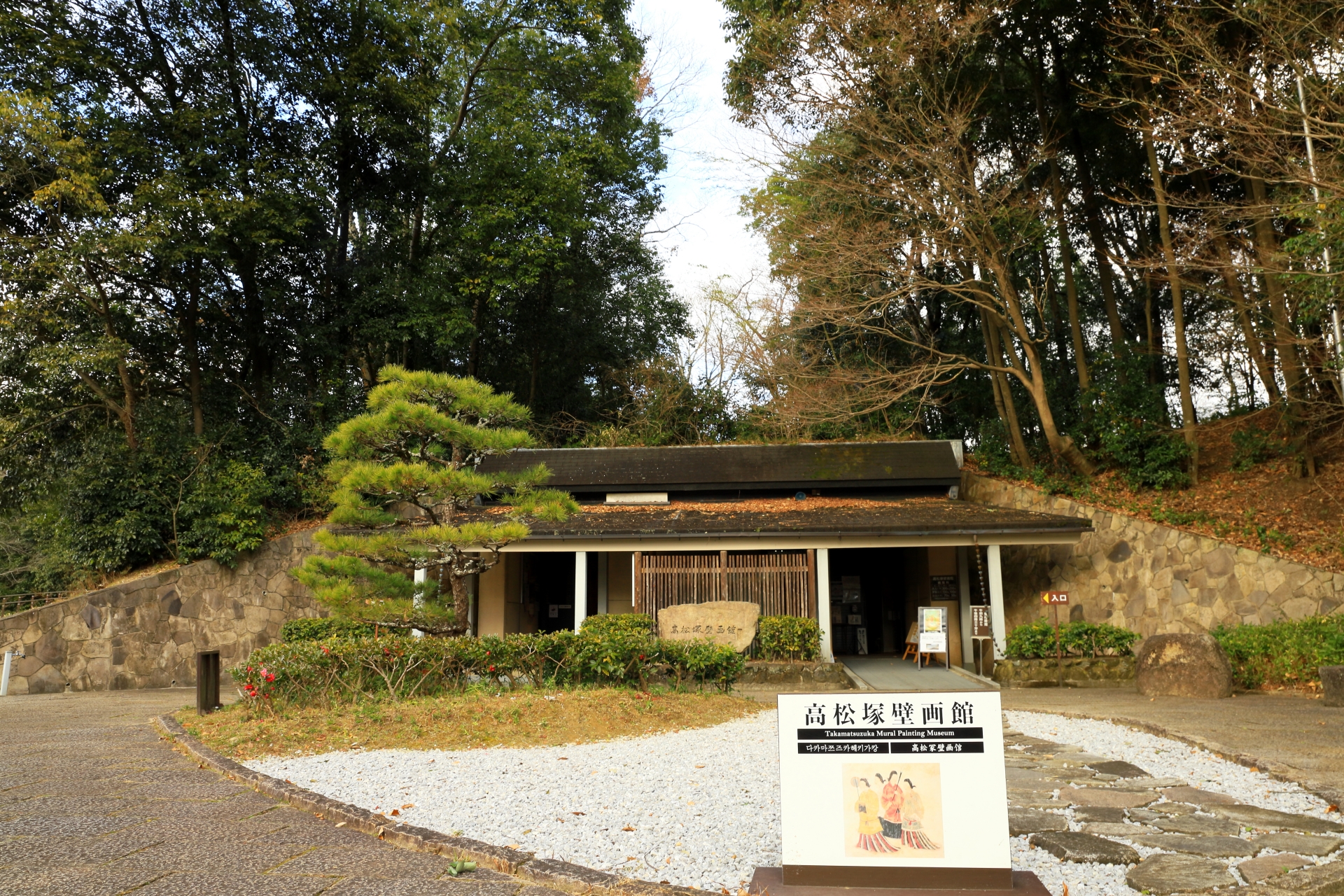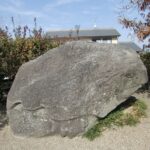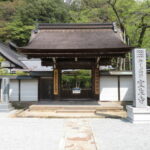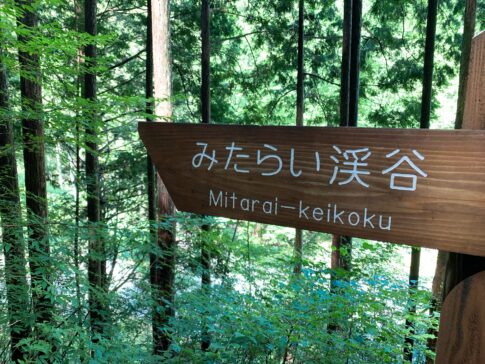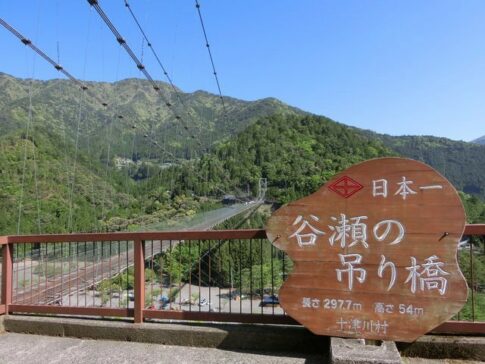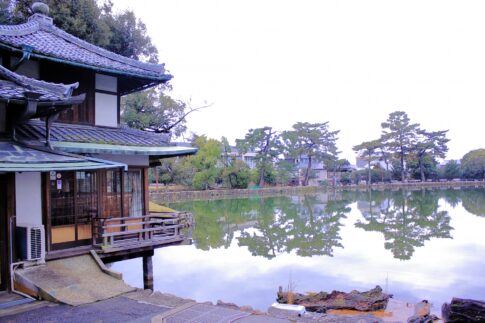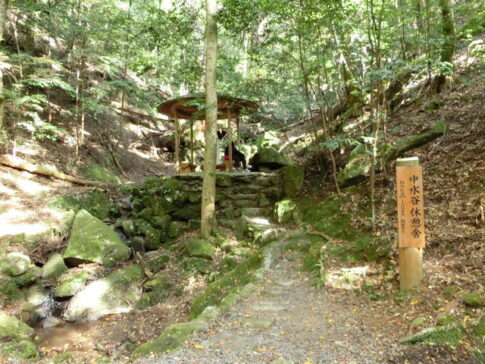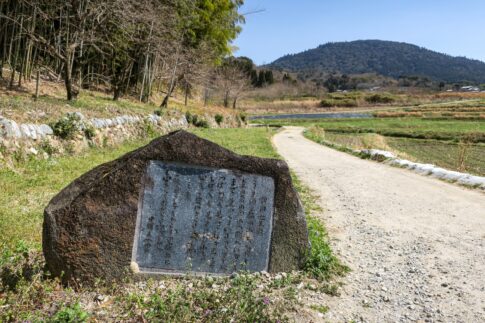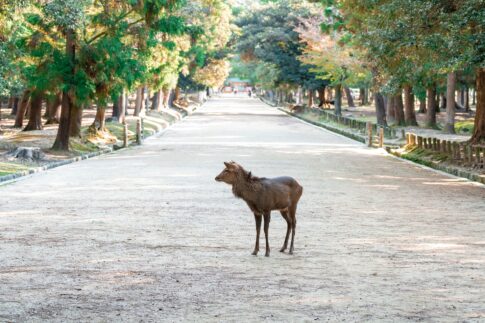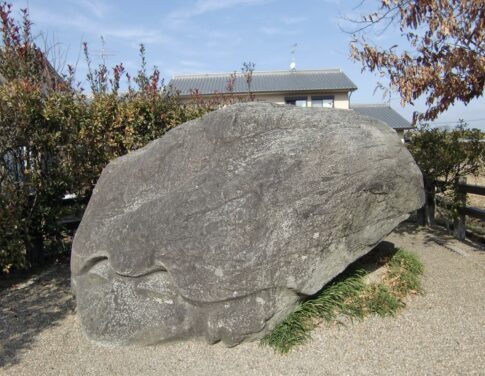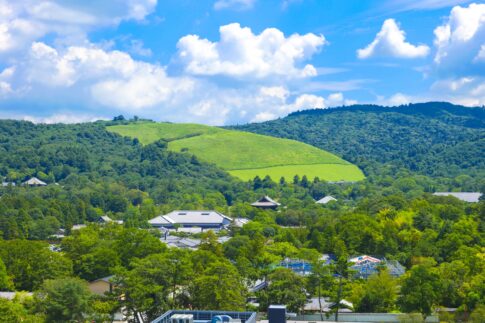Takamatsuzuka Tumulus is one of the most important tumulus in Japan.
If you are interested in historical heritages, you must visit here!
What you need to know before visiting Takamatsuzuka Tumulus
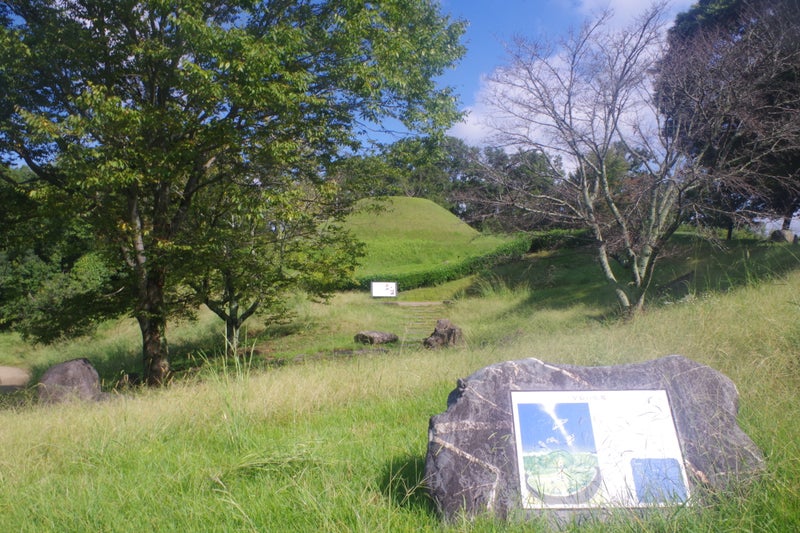
1. Basic Information
The tomb is located east of the Takamatsuzuka area in the Asuka National Historical Park.
It is famous for the wall paintings in the stone chamber, especially the colorful group of women on the west wall, which have been introduced in history textbooks.
It is a terminal stage burial mound built from the end of the 7th century to the beginning of the 8th century.
It is a two-tiered round burial mound with a diameter of 23 m (lower section) and 18 m (upper section) and a height of 5 m.
It was originally a burial mound that remained undisturbed after it was stolen.
It was originally thought to have been constructed between the end of the 7th and beginning of the 8th century, but excavations in 2005 confirmed the date to be between the Fujiwara-kyo period (694 – 710).
The burial date has not been identified, and there are three main theories.
Emperor Temmu’s son theory, a vassal theory, or a royal family from the Korean Peninsula theory
2. Background of Discovery
Around 1962, villagers in Hinomae, Asuka Village, dug a hole approximately 60 cm in diameter on the south side of the present burial mound to store ginger, and this led to the discovery of a square hewn stone of pseudolimestone at the back of the hole.
Later, in 1970, it became necessary to conduct a survey for the establishment of a promenade near the burial mound, and the Nara Prefectural Archaeological Institute of Kashihara was asked to conduct an excavation survey.
In March 1972, under the direction of Director Masao Suenaga, a group of researchers and students from Kansai University and Ryukoku University, led by Assistant Professor Yoshinori Aboshi of Kansai University, began excavations at Takamatsuzuka Tumulus.
On March 21, soon after excavation began, an extremely colorful wall painting was discovered.
The tomb itself had been stolen during the Kamakura period (1185-1333), and holes had been made in the south wall of the stone chamber, but the vivid colors of the mural painting remained, and some of the burial accessories that had escaped being stolen were also discovered at that time.
The discovery of the extremely colored murals was announced in newspapers on the 26th as a rare discovery in the history of archaeology, and made headlines throughout Japan.
The excavation work became a national project, and was handed over to the Agency for Cultural Affairs on April 5, soon after the discovery of the murals.
The Takamatsuzuka burial mound was designated as a Special Historic Site in 1973, and the colorful murals were designated as a National Treasure in 1974.
3. About the Stone Chamber and Murals
The stone chamber is constructed of hewn tuff stones, with the southern side of the chamber having a long north-south plane.
The stone chamber is narrow, measuring approximately 265 cm in length from north to south, 103 cm in width from east to west, and 113 cm in height, and is constructed of slabs of stone on a flat base.
Wall paintings exist on four sides of the stone chamber (east wall, west wall, north wall (back wall), and ceiling), and are painted on hewn stones coated with plaster several millimeters thick.
On the east wall, from the front, there is a group of male figures, a blue dragon among the four gods with the sun above it, and a group of female figures.
On the west wall, symmetrically, from the front, there is a group of male figures, a white tiger among the four gods with the moon above it, and a group of female figures.
The women’s group paintings on the west wall are especially colorful and have been introduced in color photographs in various places, including history textbooks, and are known by the nickname “Asuka Beauties”.
On the north wall at the back is a depiction of Genbu, one of the four gods, and on the ceiling is a painting of a star and dragon.
The ceiling painting represents stars in circular gold leaf, with vermilion lines connecting the stars to represent constellations.
The coffin that was placed in the stone chamber is known to have been a lacquered wooden coffin from the few remaining fragments.
The stone chamber was stolen around the Kamakura period (1185-1333), but some of the burial accessories and the coffin remained.
The artifacts recovered from the excavation included the remaining pieces of the lacquered wooden coffin, metal fittings used for the coffin, copper nails, large sword fittings from a secondary burial, a sea-animal grape mirror, and jade objects (glass and amber).
The most well-known of these items are the Sui and Tang Dynasty mirror style “sea-animal grape mirror” and the gilt bronze ornamental fittings used to decorate the coffin.
4. Deterioration of the Mural Paintings, Future Issues
Since the excavation of the tomb, the murals have been preserved on-site in their current state, and the Agency for Cultural Affairs has managed their preservation by adjusting the temperature and humidity in the stone chamber, treating them with anti-mold treatment, and conducting periodic inspections once a year since 1981.
However, as a result of an examination of photographs taken between 2002 and 2003, it was revealed in 2004 that the murals had become noticeably faded and discolored due to rainwater intrusion and mold growth.
The murals were not painted directly on hewn stone, but on a layer of plaster several millimeters thick applied over the stone.
In addition, there were concerns that the stone chamber, which had been kept in the ground for nearly 1,300 years and preserved in a closed environment, would be opened and the wall paintings would deteriorate due to environmental changes such as temperature and humidity, mold, insects, and other organisms that could enter the chamber.
There were various difficulties in protecting the murals.
The stone chamber is a humid environment with a relative humidity of nearly 100%, and even a person entering the chamber for a short time for repair or research would cause a rise in temperature and a drop in humidity.
In 1974, construction of a conservation facility with air conditioning began in the front room on the south side of the stone chamber, and was completed in 1976.
This conservation facility consists of a front room, a preparation room, and a machine room, and monitors the temperature and humidity inside the stone chamber while adjusting the temperature and humidity in the front room accordingly.
Conservation and restoration work on the mural paintings began in September 1976 and was divided into three phases: the first, second, and third phases, with the third phase completed in 1985.
During this period, there was a massive outbreak of mold in 1980, which was successfully removed with the use of chemicals.
In 2003, a committee was established to study emergency conservation measures for the mural paintings of the National Treasure Takamatsuzuka Tumulus, and in 2004, a committee was formed to study permanent conservation measures for the mural paintings of the National Treasure Takamatsuzuka Tumulus.
On June 20 of the same year, the Osaka edition of the Asahi Shimbun newspaper reported extensively on the deterioration of the “Byakko” mural painting, bringing the problem of mural painting deterioration to the public’s attention.
Various studies continued on measures to prevent the deterioration of the mural paintings and conservation methods, and a method was adopted whereby the stone chamber containing the mural paintings was dismantled, moved, and restored, and then returned to its original state after restoration was completed.
Summary
Takamatsuzuka Tumulus is historically important and has mysterious characteristics.
You can enjoy its uniqueness!
